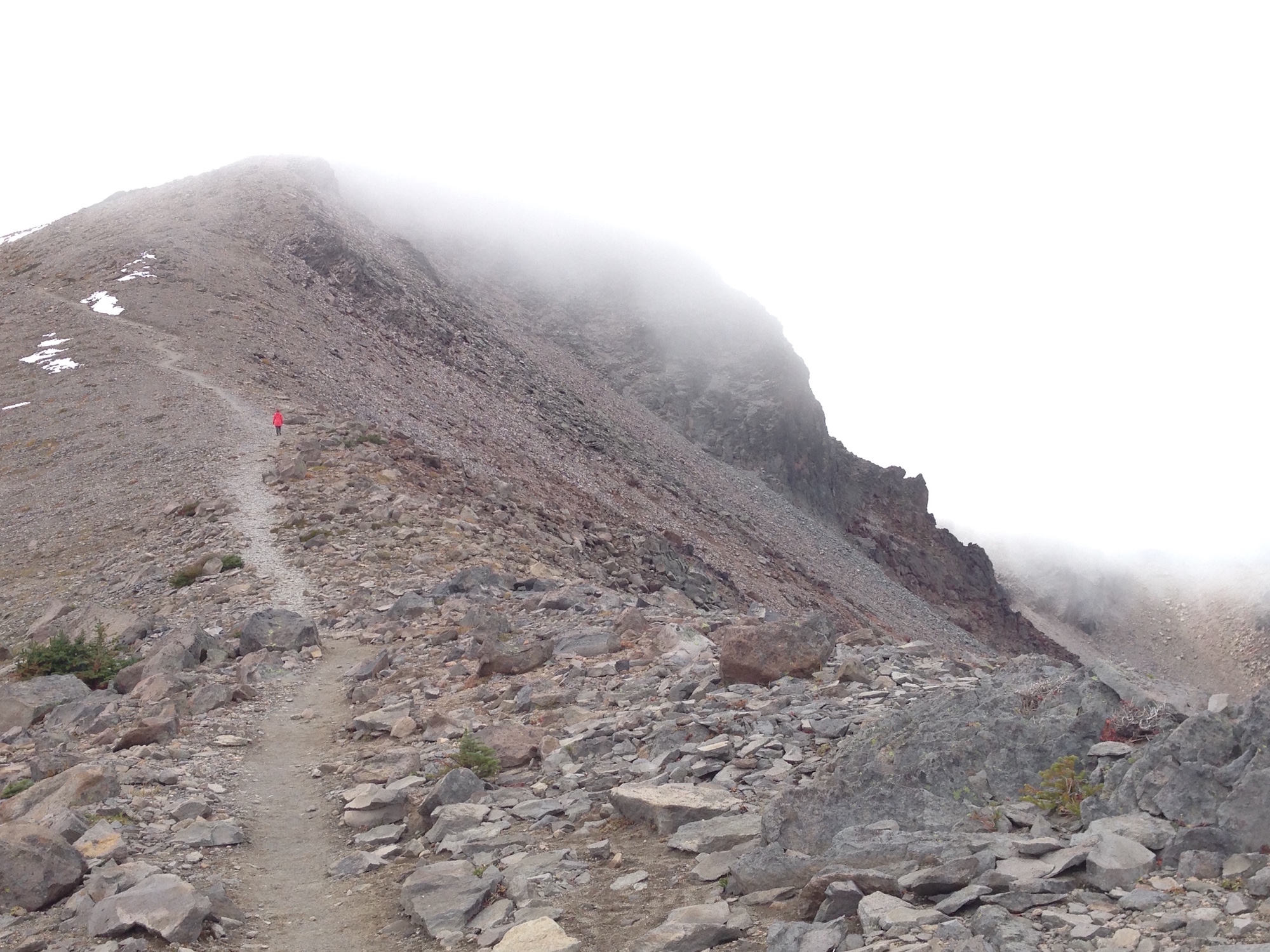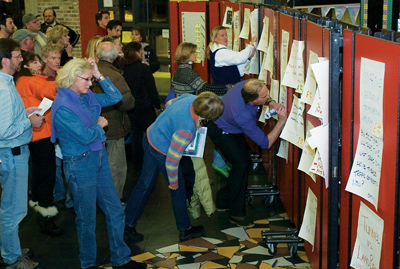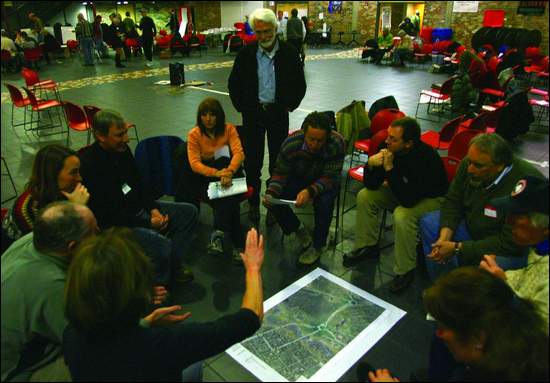
Nineteen years ago this week, I graduated from the University of Chicago’s Graduate School of Business, having studied Finance and Healthcare Administration. After two years of working long weekdays to crunch financial projections for huge hospital projects and working long weekends training for and leading Chicago Center Outward Bound programs for high school kids, I quit my “day job” and went north to Ely, Minnesota, and the Boundary Waters Canoe Area, to lead wilderness trips for the summer.
The plan was to return to Chicago and run corporate programs to support the youth programs, but the Chicago Center closed a month after I returned from Ely. With only two years of “real” work experience, I dared to be self-employed rather than unemployed — and that’s what I’ve been ever since. After corporate programs work, with New York City Outward Bound and Chicago Center founder Steve Proudman, I eventually lost any formal ties to Outward Bound.
That said, the picture atop this post is from the first Michael Herman Associates homepage, in 1998. When Katrina hit, I sketched out a community preparedness curriculum/plan under the heading of “Ready for Anything.” It’s still here in my draft blogposts, never posted because I realized that I was essentially recreating Outward Bound. Another time, as we stood reading HRH The Duke of Edinburgh’s explanation of Outward Bound on the wall of an OB school in Scotland a few years ago, my wife, Jill, exclaimed “That’s what you do!”
And so it was an Outward Bound homecoming of sorts, as I worked with other alums this past weekend, to build raised beds for the students of Polaris Charter Academy to grow food this Spring. Polaris is one of 160 “expeditionary learning” schools that are grounding in neighborhood elementary and high schools the experiential learning principles of Kurt Hahn, refined through more than 60 years of Outward Bound wilderness practice. Polaris students, grades k-2 (so far), learn by doing. By getting out and exploring, finding out for themselves where food comes from, and where garbage goes. Learning to read and write and count and present in the process of exploring the World.
In many ways, from personal backcountry tripping and seventeen years of sole proprietorship, to my frequent framing of Open Space as a sort of wilderness expedition inside of organization, I really have been Outward Bound all along. To see my OpenSpaceTech and OpenSpaceWorld sites, I’ve certainly been educator. But I’m Outward Bound all over again these days — coming home from the wilderness, coming home to the wilderness, and wilderness coming home to Chicago, all at once. Confidence and Community. Ground touching ground. Breaking new trail in rugged old boots.
There is talk of two more expeditionary learning schools coming in Chicago. And of restarting the Chicago Center. I’m looking forward to an organizing meeting next month.


